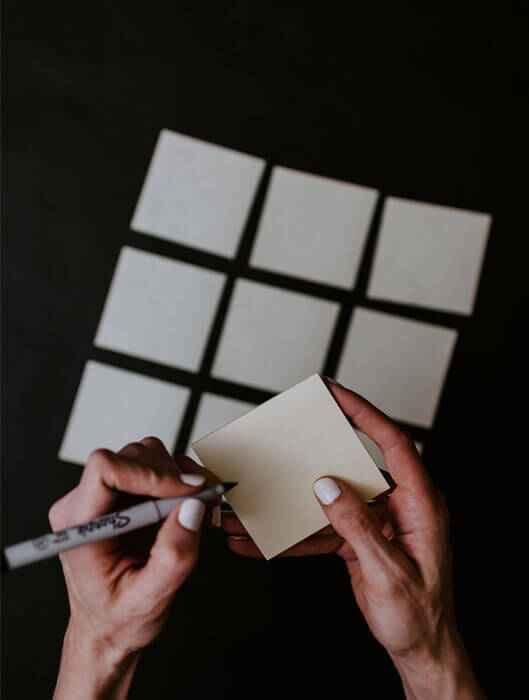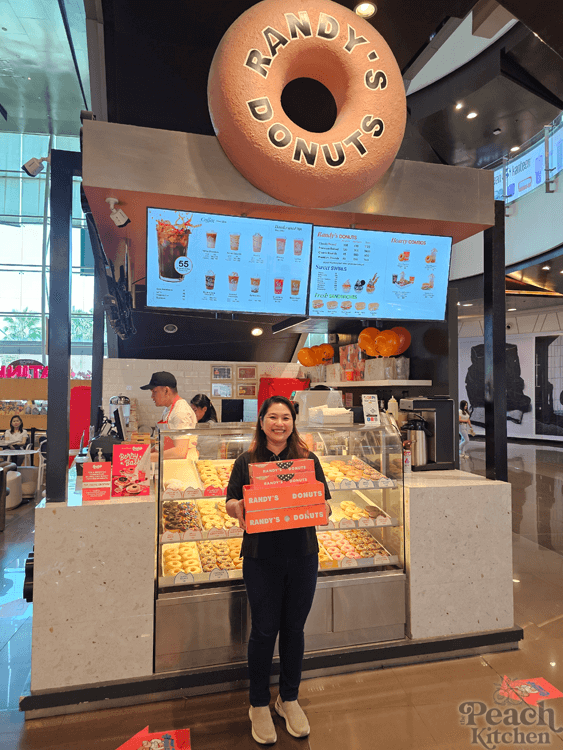Whether you’re a college student, a journalist, or just a professional who attends a lot of meetings, it’s imperative to take notes well. Good notes will help you retain more information, increase the accuracy of your takeaways, and make it easier to follow your next steps – whether that’s writing an essay or providing meeting notes to other attendees.

So what does it take to create a better note taking system?
Start With a Good Note Taking App
One of the first steps you can take is investing in good note taking software. The right note taking app will offer a variety of benefits and features, including:
- Storage and transferability. You should be able to easily store and organize your notes after you’re finished taking them. Ideally, you’ll be able to take advantage of a built-in search feature so you can always find the note you’re looking for – and easily transfer your notes from one device to another.
- Easy note taking (and multiple tools). The action of note taking itself should be easier with the right app. You should be able to write and organize your notes how you see fit, and even include drawings and abstract notes where relevant.
- Collaboration potential. If you’re going to take notes with other people or share your notes at some point in the future, collaborative tools are a practical necessity. Pay attention to how your app of choice encourages (or discourages) collaboration.
- Security and privacy. Finally, if you’re taking notes on sensitive material, you’ll need to make sure your note taking app offers ample security and privacy.
Experiment With Different Methods
There are many different methods you can use to take notes. For example:
- The verbatim approach. With this approach, you’ll try to capture as much information as possible as quickly as possible. You’ll often write in complete or near-complete sentences to capture every bit of information that was exchanged. If you take this approach, it’s a good idea to also record the interaction (if possible), so you can have a reference point for any clips you may have missed.
- The Cornell method. With the Cornell method, you’ll take brief notes during an event (such as a class or a meeting), then spend time immediately after the event reviewing and expanding upon those notes. While the content is still fresh in your mind, you can articulate your initial thoughts in more complete sentences. From there, you can create a brief summary – the main points or takeaways you’ll want to review in the future.
- The mapping method. If you struggle to stay organized with words, consider using the mapping method. With this method, you’ll start by identifying the main topic, then visually split that topic into multiple subtopics (and include points for each of those subtopics).
- The outlining method. You could also use a conventional outline style to take notes. Here, you’ll identify main topics and subtopics as they emerge and write detailed notes about each under these headings.
Each method has advantages and disadvantages, so there isn’t a single “correct” or “best” method to try. Instead, you’ll need to get to know the quirks and subtleties of each one and figure out which one works best with your personal style.
Eliminate Distractions
The science is in: for the vast majority of us, multitasking is practically impossible. When faced with multiple competing objectives or focal points, we end up performing worse in every measurable way. Any distraction has the power to rob you of your true productive potential.
When it comes to note taking, you’re going to be much more focused and consistent if you’re exclusively paying attention to the subject of your notes. That means you should put away your other devices, mute notifications, and avoid thinking too much about other things you have to do later in the day. Instead, try to pay undivided attention to the main speaker or the conversation at hand. You’ll end up taking much better notes overall.
Review Your Work
Finally, take the time to review your own work. At the end of a lecture, meeting, or seminar, take a moment to review your notes and see if they captured everything you wanted to capture. Are they missing anything important? Are they coherent and well-organized? Do they serve your intended purpose well? If not, consider how you can adjust your approach next time – and be willing to experiment to see how your changes manifest on paper.
There’s no such thing as a perfect note taking system. Even the best note takers in the world are constantly refining their approach and practicing to get better. What matters is that you’re paying attention to your work and striving to improve over time; do this, and it’s only a matter of time before you start taking better notes.






















